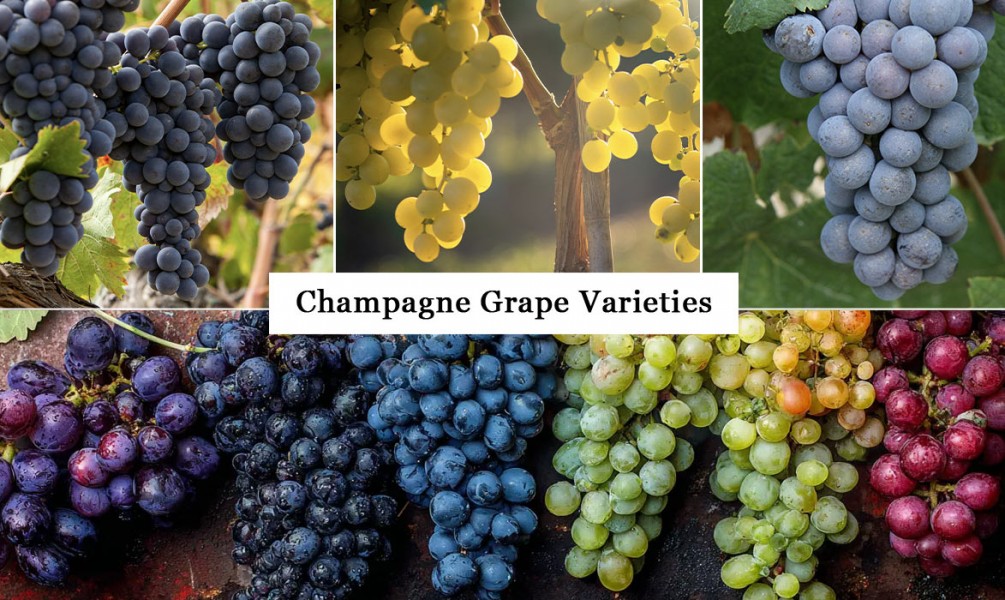
When we talk about Champagne, most of us imagine clinking glasses, golden bubbles, and cheerful celebrations. But what’s actually inside the bottle? It’s more than just fizz and flair. Behind each pour you savour lies a mix of champagne grape varieties, some you’ve heard of, others you probably haven’t.
Champagne Made From
Most Champagne bottles are made with the usual suspects, the big three: Chardonnay, Pinot Noir, and Meunier. But hidden in the vineyards of the Champagne region are four other grapes quietly adding layers of flavor, complexity, and personality to the Champagne wines.
Yes — a total of 7 grape varieties are allowed to be used in the blend of Champagne, though most people have only heard of three. The remaining four, often called the “forgotten four” — are Pinot Blanc, Pinot Gris, Arbane, and Petit Meslier. Today, they make up less than 0.3% of Champagne’s vineyards, quietly tucked behind the big three. In 1938, new plantings were banned due to their low yields and fussy nature. But thanks to old vines and “grandfather’s rights,” they’re still allowed, and a few winemakers keep their legacy alive. You’ll find them whispering hints of citrus, florals, and history in some rare, character-rich cuvées.
In a quiet tribute to history, L. Aubry Fils replanted all seven traditional Champagne grapes, the forgotten ones too. Years later, in 1994, their patience paid off with Le Nombre d’Or, a blend that brings the old soul of Champagne to life.
And while tradition holds firm, Champagne isn’t standing still. In 2021, Voltis — a disease-resistant hybrid, was added to the list, showing that even old-world wine regions are thinking ahead.
Let’s break it down in plain, human terms—no jargon, no fluff. Just good old grape talk.
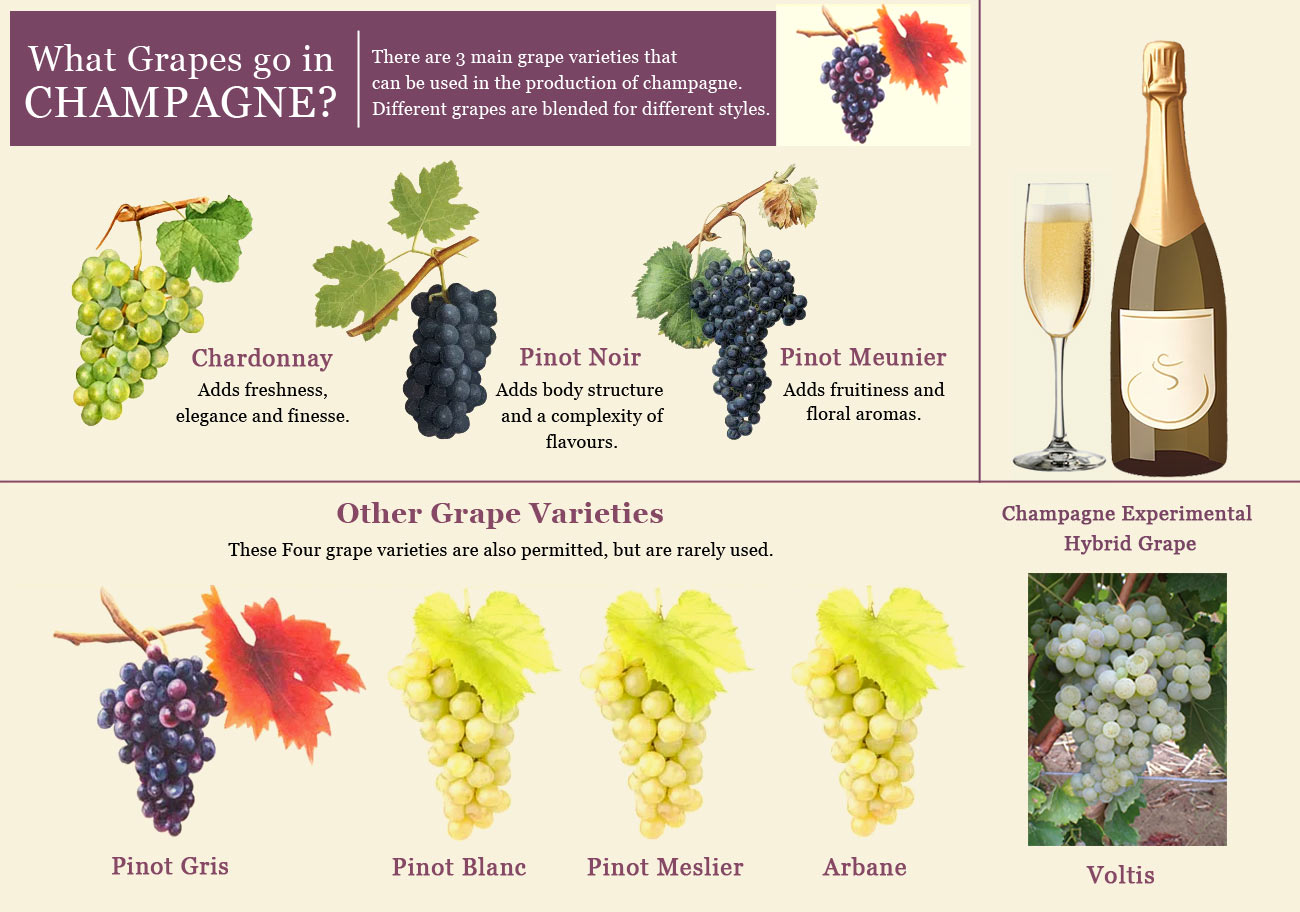
Types Of Grapes In Champagne
Each grape brings something to the glass—zest, weight, elegance, or a twist of surprise. Champagne wouldn’t be the same without them. Exploring each grape varietal, one at a time!
- Chardonnay
Light, crisp, and clean—Chardonnay is the cool kid of Champagne grapes. Grown on the Champagne region’s chalky soil, it brings bright citrus and green fruit flavors, floral hints, some minerality and a good deal of acidity that makes your mouth water. Thriving in the Côte des Blancs sub-region, this white grape varietal is a kind of local legend there.
Into zesty, elegant Champagnes? A Blanc de Blancs (made from 100% Chardonnay) is your best bet.
- Pinot Noir
Red grapes in Champagne? Yes! Pinot Noir, one of the key black grapes in the blend, adds body and structure, think of red fruit flavours like cherry and raspberry, with a little clove-like spice for good measure. It’s grown mainly in the Montagne de Reims and the Côte des Bar (Aube), which are known for having some of the oldest plantings in Champagne. Pinot Noir is one of the most commonly used grape varieties for producing wines due to its naturally high acidity. It makes a perfect fit for Champagne.
If you like bold, fuller styles of bubbly, seek out blends led by Pinot Noir or the Blanc de Noir style of Champagne.
Want to know more about Pinot Noir—read our special feature—Pinot Noir, The Mystical Red
- Meunier
This one doesn’t always get the credit it deserves. Pinot Meunier or (now) Meunier is friendly, easy peasy, and all about juicy, floral and fun flavours. It ripens earlier than the other grape varieties used in Champagne and helps make Champagnes more approachable and ready to drink sooner. Meunier keeps things easy on the palate and makes it super drinkable, especially if you’re new to Champagne.
- Arbane
Arbane occupies a tiny space in vineyards but has a big personality that is surely felt. Arbane is one of those grape varieties you rarely hear about because it’s barely planted in the Champagne region. It brings herbal notes alongside sharp, vibrant acidity to the blend. Some winemakers muddle in just a splash of this rare Champagne grape to brighten things up and add a little lift.
Found a bottle with Arbane? Buy it! It’s like finding a rare record in a vintage shop.
- Petit Meslier
Never heard of it? You’re not alone. Petit Meslier is sharp and has that crispy freshness of a green apple, just like biting into a Granny Smith apple. It adds a buzz of acidity and gives Champagne blends an edge. It is one of the rarest Champagne grape varieties, and it is still allowed in the blending, though you’d barely hear of it from how little it’s planted. Still, even the tiniest splash of this lesser-known grape variety lit up in the glass.
Want a Champagne that wakes up your palate with a zing? Look for a label that mentions Petit Meslier.
- Pinot Blanc
Pinot Blanc brings softness and mellows down the crackle of CO2 and the high acidity in Champagne. Think smooth, velvety fruit like pears, white peaches, maybe a hint of almond. It’s not common, but it gives Champagne a creamy texture and an easy finish on the palate. Used in tiny amounts, this Champagne grape adds subtle charm — like the soft-spoken guest who makes the party feel balanced.
If you like rounder, less acidic Champagne, keep an eye out for this one.
- Fromenteau (aka Pinot Gris)
Fromenteau is the richest of the seven grapes used in Champagne. This grape is now more commonly known as Pinot Gris. If we were to speak about the etymology of its historic name, Fromenteau — it relates to Froment, which means wheat, possibly due to the wine’s wheat-like aromas and flavours. Fromenteau adds body and warmth, like notes of baked or stewed apples and a dash of sweet spice to Champagne blends. It’s used in tiny amounts, but you can definitely taste its impact in some of the more complex cuvées from well-known Champagne houses. Though rarely used, this approved Champagne grape quietly builds depth and texture into the blend—like a warm undertone you didn’t know was there, but suddenly can’t un-taste.
Feeling fancy? Look for Fromenteau-driven blends for something fuller and more luxurious in your Champagne flute.
Champagne Grapes 101: Clear Answers to Common Questions
Now that we’ve unpacked the main (and not-so-main) grapes in Champagne, you might still have a few questions. That's totally fair; there’s a lot to sip through. From the newcomer grape on the block to how rosé gets its blush, here are some quick answers to what most people wonder about Champagne grape varieties.
What is the new grape variety allowed in Champagne?
And just when you thought the grape lineup was complete—there’s a newcomer. Voltis is the first new white grape to be permitted in Champagne in decades. It’s not an old-world classic, but a modern hybrid, created to withstand fungal diseases like powdery and downy mildew. That means fewer sprays in the vineyard and a gentler touch on the land. Approved for use in 2021 (on a trial basis), winemakers can use it in small amounts, up to 10% in a Champagne blend. You probably won’t find it on many labels yet, but it’s part of the future of Champagne grape varieties—where tradition meets a little smart innovation.
What grapes are used to make Rosé Champagne?
Just like other Champagne types, the three major grape varietals are used in producing rosé wines, those are—Chardonnay, Pinot Noir, and Pinot Meunier. Winemakers either let those red skins hang out with the juice just long enough to blush it pink or blend in a touch of still red wine. That’s rare in the wine world, but Champagne can’t follow the crowd. The result? A rosé that’s crisp, pretty, with whispers of red berries and soft florals. If you like your bubbles with a bit more soul, this one’s for you.
Why Is it Important to Know about Champagne Grape Varieties?
Knowing what grapes are in your Champagne gives you more than just fun facts—it helps you find bottles you’ll actually love and appreciate. Whether you’re into bright and zippy, rich and round, or something completely off the beaten path style of Champagne, each grape brings something to the table.
The lesser-known grape varieties also glimpse Champagne’s roots, kept alive by small, artisanal producers who aren’t afraid to experiment—or preserve tradition even in ultra-modern times.
Impact of Climate Change on Champagne Grapes?
Champagne isn’t immune to the weather—it’s already feeling the shift. Warmer days and earlier harvests are changing how those classic grape varieties ripen. The grapes are now a little sweeter and less zippy, which means more alcohol and softer acidity in the final pour. That sharp, chalky freshness we associate with Champagne? It’s getting harder to hold on to. Winemakers are adapting, of course—trying new techniques, even exploring newer grape varieties like Voltis to future-proof the fizz. The bubbles are still beautiful, but their story is slowly being rewritten, vintage by vintage.
Are Champagne Grape varieties used to make other wines?
Yes, they are! Winemakers around the world use the same grape varieties as Champagne to make still wines too. Different Style, same soulful grapes.
Are Prosecco and Champagne the same grape?
No, Champagne and Prosecco are not made with the same grape variety. Prosecco is made predominantly from the Glera grapes in Veneto region of Italy. And Chardonnay, Pinot Noir, and Pinot Meunier grapes are used in making Champagne.
Find more differences between the two sparkling wines in our insightful blog–Champagne Vs Prosecco, and understand how they're made, what they taste like, and when to serve them.
Is Champagne a Chardonnay grape?
No, Champagne is not solely made from Chardonnay grapes. It is one of the three main Champagne grape varieties but there are other grapes too that contribute in producing the amazing Champagnes. Although, there are some Champagnes that are made with 100% Chardonnay grapes, and they are called Blanc de blancs.
Where to Start? Right Here!
New to the sparkle of Champagne and want to sound like a Champagne maestro? Dive right in, to know it all—Champagne grapes to production method, flavours to business model, and why?
Champagne makes the most classy and timeless option—Read our exceptional blog — What is Champagne? A guide to basics
Best Champagne Gift Sets and Champagne Gift Baskets
We’ve pulled together some best Champagne to gifts that feature exclusive blends of the most well-regarded Champagne houses. From classic styles to wild cards, there’s something here for every taste and every toast.
So, raise a toast now—Browse our exclusive and expert-curated Champagne Gifts collection! Champagne isn’t just a drink, but a discovery in every sip. Cheers to that!
♥ DRINK RESPONSIBLY, TAKE LIFE ONE SIP AT A TIME ♥









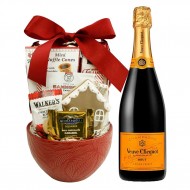
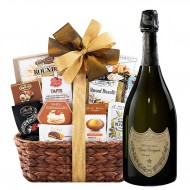
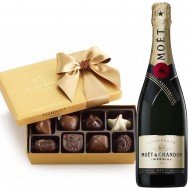





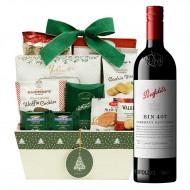

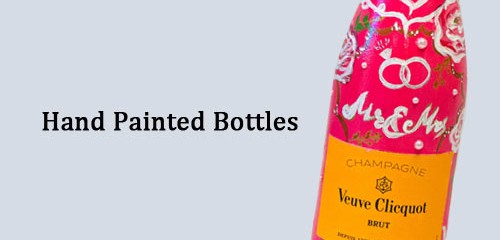



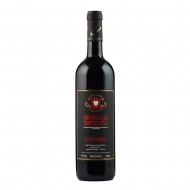
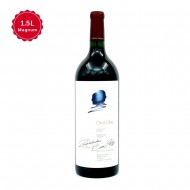
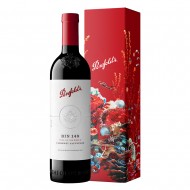
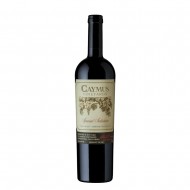
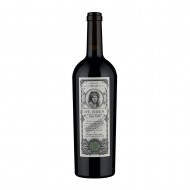
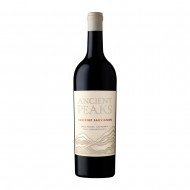
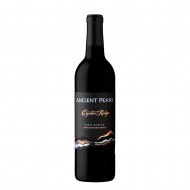
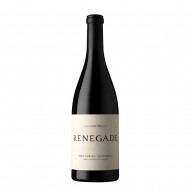
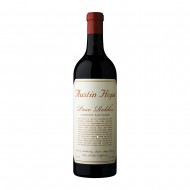
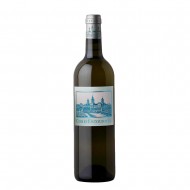
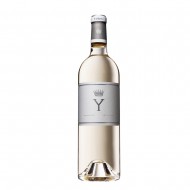
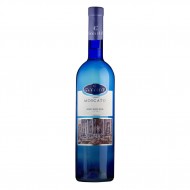
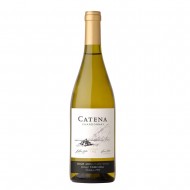
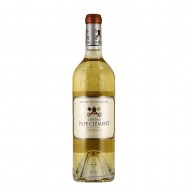
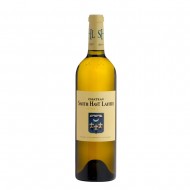
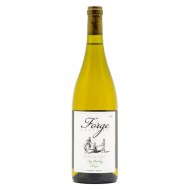
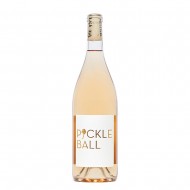
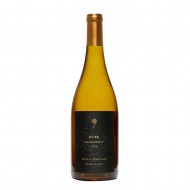
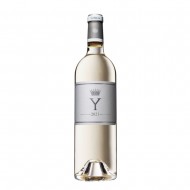
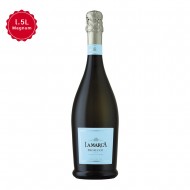
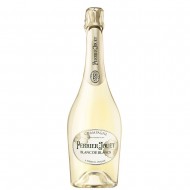
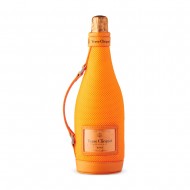
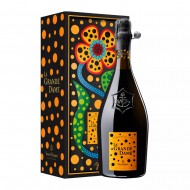
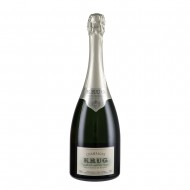

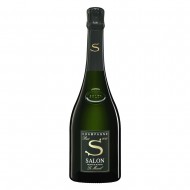
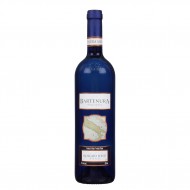
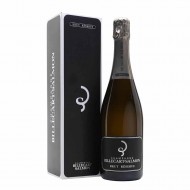
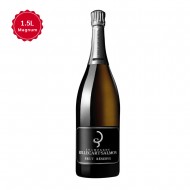
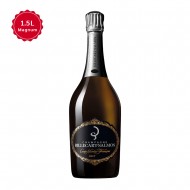
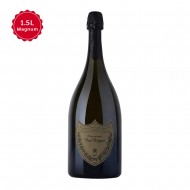

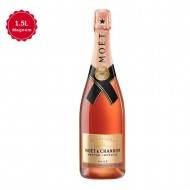

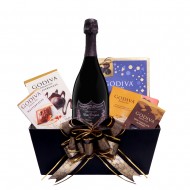

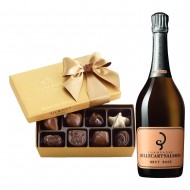
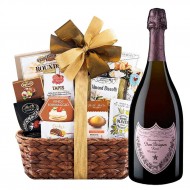
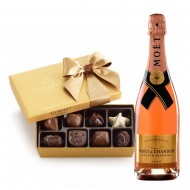
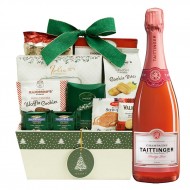
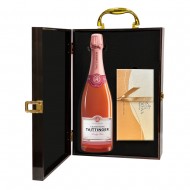
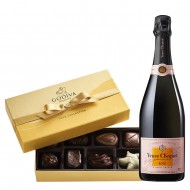
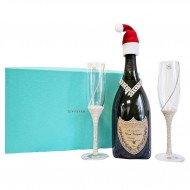



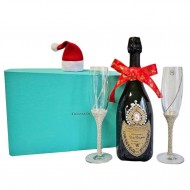
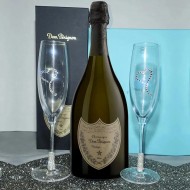
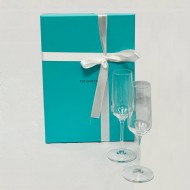
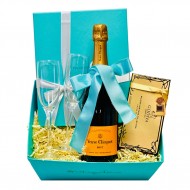

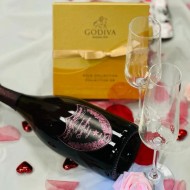
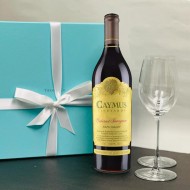
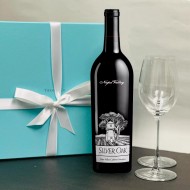
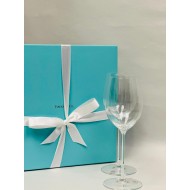
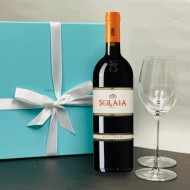
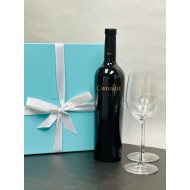
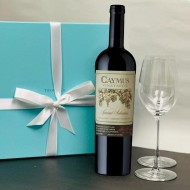

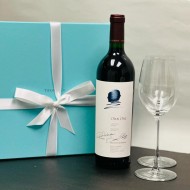
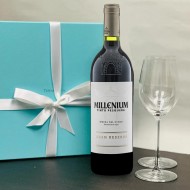


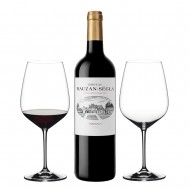
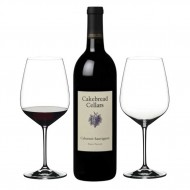
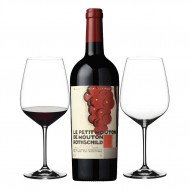

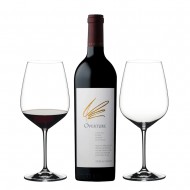
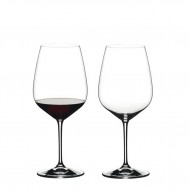
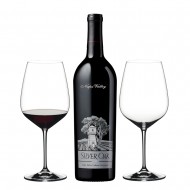
























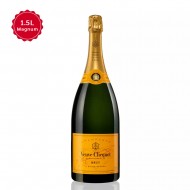
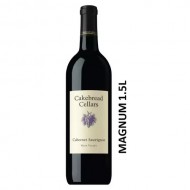
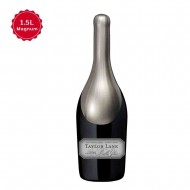

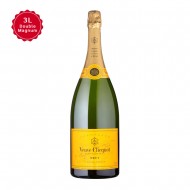
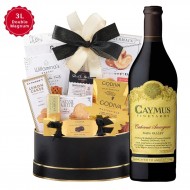
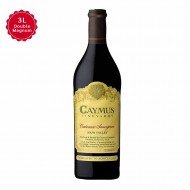
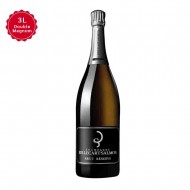
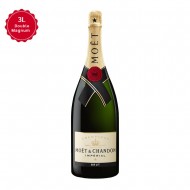

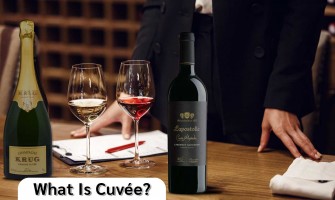

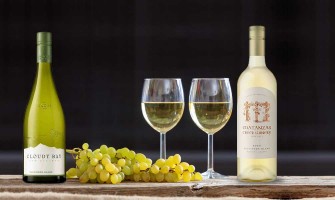

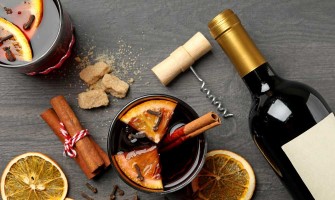
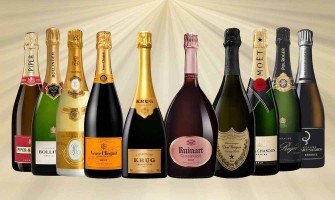
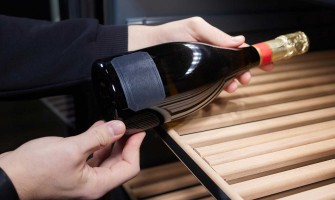
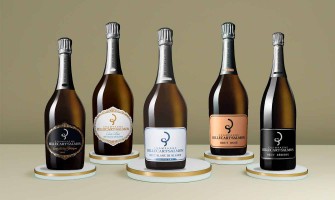
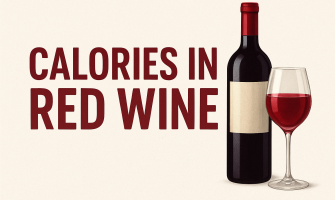



Leave a Comment